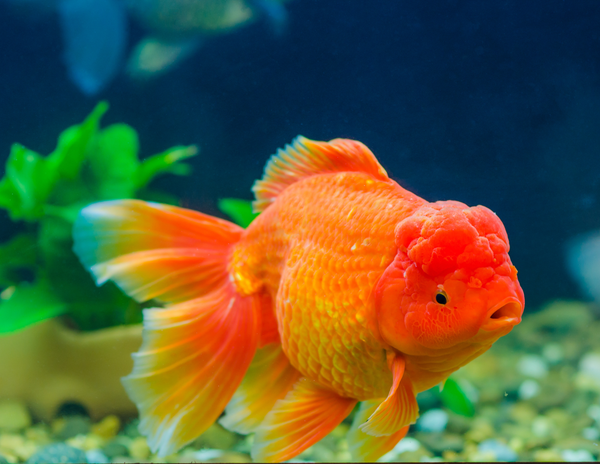After months of deep thought, trips to the pet store and budgeting your money, you are finally ready to start your first Marine Aquarium! Time to drive to the store and purchase all the fish you have been dreaming of all this time. Whoa slow down cowpoke! Before you can take home any new underwater buddies, you have to establish your Nitrogen Cycle. So what is the nitrogen cycle and why is it so important to a new aquarium?
What IS the Nitrogen Cycle?
Nitrogen is an important element to all life on Earth. The nitrogen cycle of a marine aquarium is a chain reaction in nature resulting in the birth of various types of nitrifying bacteria, each with their own job to do. The complete nitrogen cycle includes 3 basic components: ammonia, nitrates and nitrates. These levels must be balanced in order to keep a thriving ecosystem in your aquarium. Nitrogen compounds at toxic levels are rare in nature, but can be quite common in aquariums due to overcrowding, overfeeding, and simply not knowing what is going on on your tank.

Ammonia
Ammonia (NH1) is a chemical combination of nitrogen and hydrogen. Regularly, ammonia is a clear, potent gas that is very highly toxic. Ammonia is easily dissolved in water to give hydroxyl ions and ammonia ions, which are only toxic to fish in high concentration. These ions build up in your aquarium as a result of excess organic waste. Introducing ammonia to your tank via organic matter is the start of your nitrogen cycle. Although live fish can be a rich source of organic matter to cycle a new tank, the inevitable ammonia spike as a result can be deadly. We recommend letting your new tank run filter with just live rock for a week, and then add your clean up crew. A clean up crew will consist of small invertebrates like hermit crabs and shrimps, that are significantly less sensitive to poor water quality. Feed your inverts small pinches of food every day to safely introduce ammonia into your tank. Pisces recommends using Tank Buster Live Nitrifiers during and/or after the cycle to help combat ammonia & nitrite spikes.
Nitrite & Nitrate
Following your ammonia spike will be a nitrite spike, and then a nitrate spike. This is due to nitrosoma bacteria converting the ammonia to nitrite, and then once again being converted into less harmful nitrate. During this cycle, you should be testing your aquarium water every day to keep en eye for this trend, Pisces recommends API Saltwater Master Test Kit. As the nitrate level rises, the nitrite and ammonia spikes should fall back down to zero. Nitrate levels will be kept at a safe level by small, consistent water changes. In addition to water changes, Aqua Pro NoNO3 keeps your nitrate levels safe using nitrate-consuming bacteria! Once you have observed this change in levels, your new tank is now cycled!
How Long Will It Take to Cycle?
The length of time it will take to successfully cycle your new aquarium will vary on a number of factors. Size, amount of organic waste, water changes and filtration will all play a part, but generally will take 3-4 weeks. A proper cycle promises beneficial bacteria build up, and is able to control ammonia. DO NOT RUSH!! It is important to be ready for a potentially long wait, but slow and steady wins the race. Putting in the hours and waiting for a proper cycle will be better for your fish, and for you wallet!




